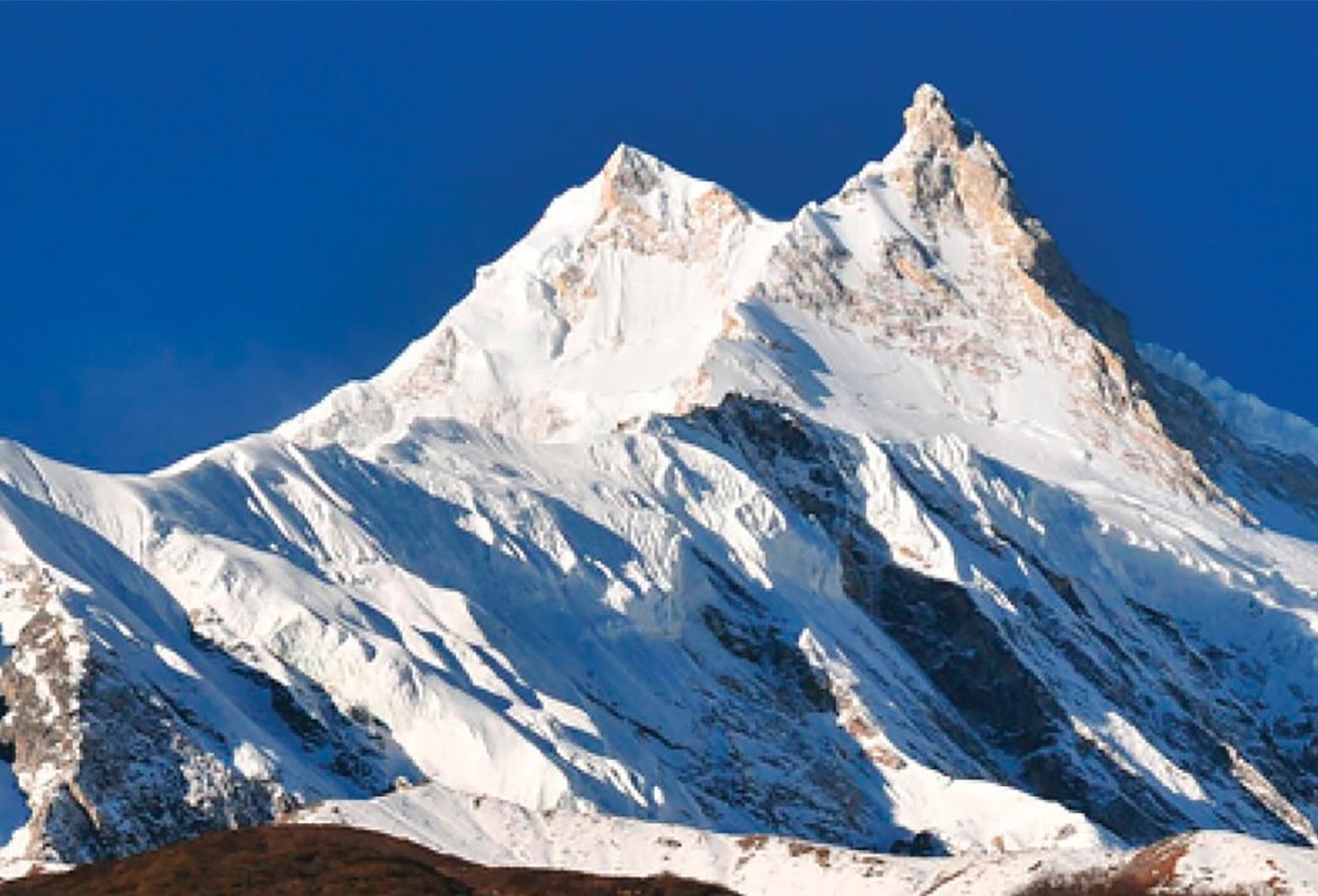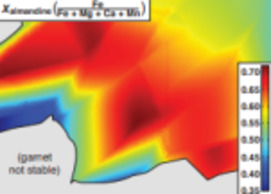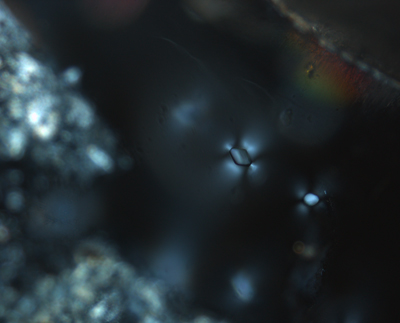Himalayan Leucogranites: A Minimal Role in Deformation
A popular model of Himalayan metamorphic and structural evolution argues that partial melting of deeply buried rocks triggered crustal weakening, ductile flow, orogenic collapse, and genesis of leucogranites. Here, we review the origins and evolution of partial melts and leucogranites to demonstrate that they are largely incidental to deformation. Although a pulse of orogenic collapse and leucogranite crystallization occurred at 15–25 Ma, pervasive partial melts formed as much as 20 My earlier. Thus, leucogranites date extraction and transport, not necessarily melting onset. Extensional structures and distributed extensional strain occur in many rocks that lack partial melt and leucogranites, indicating these are not prerequisite to facilitate orogenic collapse. Most mass transfer appears to occur via thrusting, even in partially molten rocks.
Himalayan Leucogranites: A Minimal Role in Deformation Read More »




